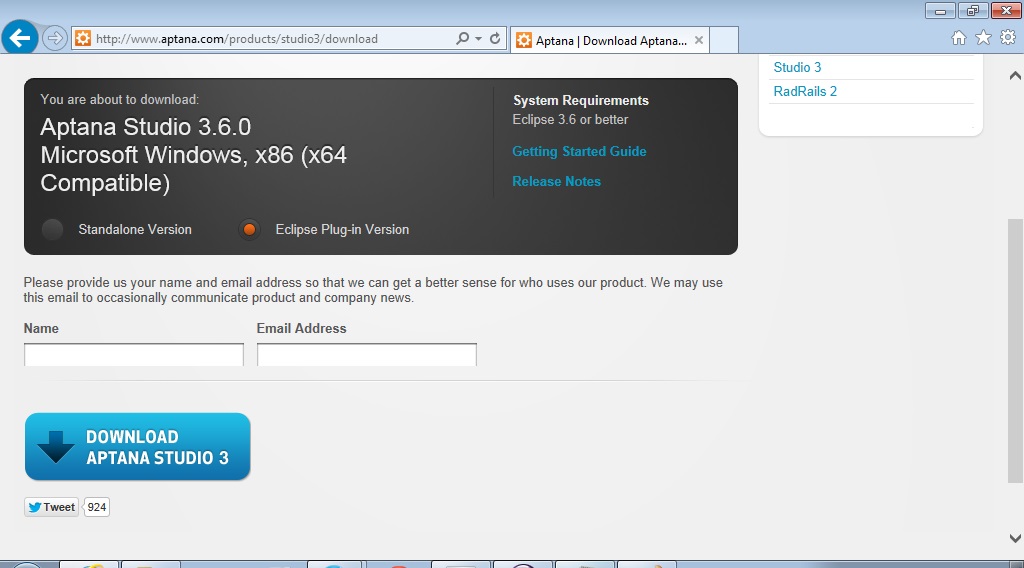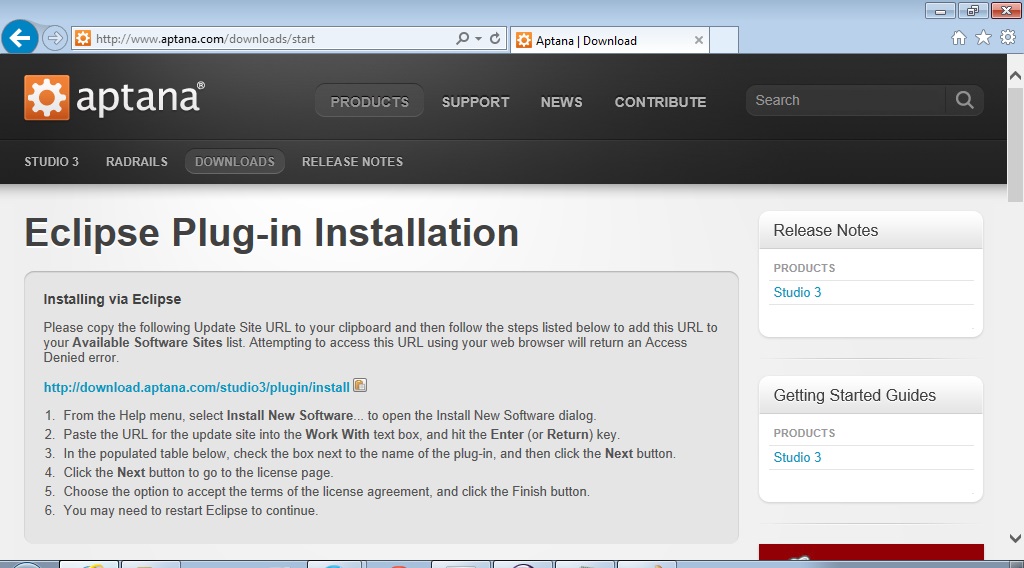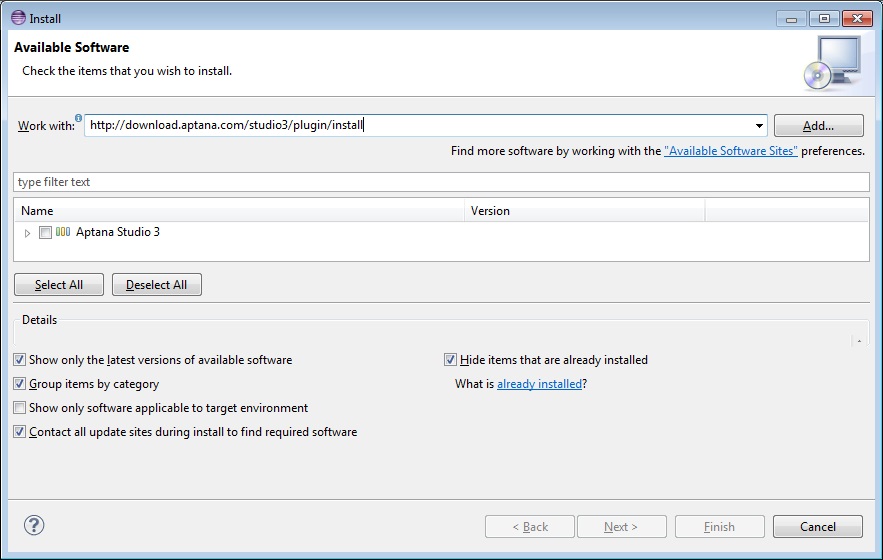In the past few days, Fox News and other organizations have reported about bonds that Poway Unified School District, near San Diego, CA, has issued. The bonds were issued almost a year ago, in September 2011; their issue was approved by the school board almost two years ago (in October 2010).
The reports have centered around the assertion, or at least implication, that tax payers have been totally ripped off by the bond offering. Here is a link to the Fox News article as it appeared on August 10, 2012:
California School District Will Spend $1 Billion to Borrow $100 Million
These bonds were issued after approval of voters of Proposition C on February 5, 2008. The proposition that appeared on voters’ ballots read:
PROPOSITION C: “To provide safe and modern school facilities, improve student learning, and qualify for approximately $20 million in State matching money, shall School Facilities Improvement District No. 2007-1 of the Poway Unified School District issue $179 million in bonds at legal interest rates to upgrade aging classrooms, libraries, science & computer labs; replace roofs, plumbing, heating, ventilation and electrical systems; improve fire alarms and school security; remove hazardous materials; fund needed facilities, subject to mandatory audits, independent citizens’ oversight and without an estimated increase in tax rates?”
The proposition passed with 63.9% of the voters approving.
The article makes some strange assertions and presents many facts that are either incorrect or misleading. This post discusses some of these inaccuracies and then discusses the financial aspects of the bonds.
Inaccurate Information in the Fox News Report
The Fox News report makes the following untrue statements:
- “Its being called a loan that not even a subprime lender would make.” Who calls it that? If the details of the loan make it such a raw deal for tax payers and such a good deal for banks, then why would a subprime lender not be interested? Likewise, if the deal is such a bad investment for a lender, wouldn’t it be a good deal for the tax payers? From either angle, this assertion makes no sense.
- “…they can’t be paid off early or refinanced.” Yes, it’s true that non-callable bonds cannot be paid off early. But, they can certainly be refinanced at the end of the term.
- “And the Poway district has already borrowed millions of dollars at nosebleed 12.6% interest rates.” When? In the 1980’s? Poway’s CPA certified financial statements do not show any evidence of loans at such rates. See http://www.powayusd.com/depts/bss/finance/ for CPA certified audit reports of Poway’s budget, debts, etc. In addition, even the lowest rated municipal bonds do not pay interest this high. Remember that the market, not the school district, sets the interest rate. The market sets the interest rate based on the credit worthiness of the school district. Moody’s rates Poway’s credit as Aa2. This is an investment grade rating. In addition, Poway has had a Aa2 or better rating for at least the last 15 years. Municipal bonds with such high credit ratings have never yielded interest rates at levels even close to 12.6% in the recent past.
- The article states that the underwriters of the bond issue will get $1.4 million in fees which, according to the article is a “sweet deal”. The implication is that the underwriters are ripping off the tax payer. In truth, these fees are less than 1.5% of the value of the bond offering. While this amount may sound high, there is much more to underwriting a bond offering than meets the eye. 1.5% is within the range of “reasonable and customary” fees for bond underwriting. This is not some sort of unusual “sweet deal”.
- The article states that school administration and teacher compensation chew up 85% of the school’s budget. This is not true. According to the certified financial statements from the school district, the district spent $244,737,036 on teacher compensation and administration in the 2010-2011 school year. The total school budget was $337,800,038. So, the real number is 72.45%.
It should be pointed out that the district budget for 2012 is $10 million less than it was for 2009 and that spending per pupil is less than $10000 per student, despite the fact that the San Diego area has a high cost of living. $10000 per student is within the average range for primary and secondary public education cost in the United States. Compare this to the many districts in New York that spend more than $20000 per student.
There are other inaccuracies and misrepesentations of facts in the article. The reader of this blog is encouraged to dig into the financial reports of the district.
The True Financial Implications of Poway Unified School District’s Bond Offering
Interest on the $105 million bonds will accrue, but not be paid, for 20 years. After 20 years, interest will be paid on the $105 million principle as well as the interest that will have built up over the first 20 years. These types of bonds are called convertible zero coupon bonds. The intricate workings of them can be difficult to understand. However, it is easy to make an excellent approximation.
Over 40 years, Poway Unified School District will pay $981 million to pay off these bonds. This is equivalent to the interest rate on a common bond or loan of approximately 5.75%.
Looking at this another way: If you were to deposit $105 million into a bank CD promising to pay you 5.75% interest each year for the next 40 years, you would have just over $981 million in 2052! This is the power of compound interest.
How does a 5.75% interest rate compare to other municipal bonds? Well, as stated above, Poway Unified School District has a Aa2 credit rating. This is not an uncommon credit rating for municipalities in the United States. A quick check of today’s yields on 40 year municipal bonds with Aa2 credit ratings shows yields are right around 5% today. Rates last fall for 40 year bonds were approximately 0.75% higher. As expected, Poway paid the market rate based on its credit rating.
Closing Thoughts
Poway’s Unified School District’s credit worthiness is not any different than hundreds of municipalities around the country. It is investment grade; meaning that buying its bonds is a fairly low risk investment. The bonds were issued by the district with the approval of taxpayers. The interest rate is at the market rate.
The bonds will not result in a tax increase for at least 20 years. After 20 years, the interest paid will be a small percentage of the district’s budget. In addition, inflation over the next 20 years significantly decreases the impact of the interest payments that will have to be made. It is not unreasonable to envision a situation where minor budget cuts would completely offset the interest payments.
Instead of focusing on a fairly low risk scenario that is common to local governments throughout the country, and instead of misreporting a vast majority of the facts about this bond issue, news organizations could better serve the public by reporting on real dangers to future taxpayers. One example of such a real danger is the chronic under funding of government pension plans, including Poway Unified School District’s teacher retirement plan. Without significant tax increases in the future, its probable that drastic cuts in government services will be necessary for governments to meet their pension obligations.






